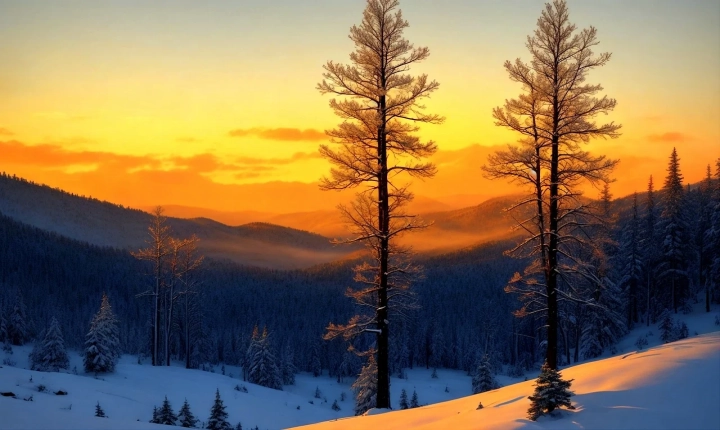With advancements in artificial intelligence and deep learning, it has become increasingly difficult to distinguish between photos taken by a human and those generated by AI. As AI technology continues to evolve, the line between reality and simulation is becoming increasingly blurred. This raises the question: How can one tell if a photo is AI-generated?
There are several telltale signs that can help identify an AI-generated photo. These indicators are not foolproof, but they can provide valuable insights into the origins of an image.
One of the first signs to look for is unusually sharp and unrealistic details. In many cases, AI-generated images can exhibit an unnaturally high level of detail, particularly in the textures and edges of objects. This can result in a hyper-realistic appearance that may seem slightly off to the human eye.
Another common characteristic of AI-generated photos is the presence of odd or surreal elements in the image. AI algorithms are often trained on vast collections of images, which can lead to the generation of composite scenes or improbable combinations of objects. For example, an AI-generated landscape might contain a perfectly placed rainbow or an animal in an unlikely pose, hinting at its artificial origins.
Furthermore, artifacts and anomalies in the image can be a giveaway. AI-generated images may contain visual artifacts, such as distortion, pixelation, or pattern repetition, which can betray their computational origins. These imperfections can occur during the image generation process and are often difficult for AI systems to completely eliminate.
Additionally, the absence of context or background information can also be a clue. AI-generated images may lack the depth or meaningful context found in photos taken by humans. This can manifest as a lack of realistic lighting and shadows, or a sense of disconnectedness between different elements in the image.
One of the most reliable methods for determining if a photo is AI-generated is through the use of specialized tools and software. Various image analysis applications and online services can help detect signs of AI manipulation, such as deepfakes or generative adversarial networks (GANs). These tools utilize advanced algorithms to scrutinize the image for inconsistencies and patterns that are typical of AI-generated content.
Despite these indicators, it’s important to remember that AI-generated images are continually improving in quality and can sometimes be indistinguishable from authentic photographs. As a result, it’s becoming increasingly challenging to rely solely on visual cues to determine the authenticity of images.
In conclusion, the ability to discern if a photo is AI-generated is becoming more complex as AI technology progresses. While there are certain visual clues that may hint at the artificial nature of an image, relying solely on these cues may not always be sufficient. Utilizing specialized tools and understanding the context in which the image is presented can provide a more accurate assessment of its authenticity. As AI continues to advance, the need for reliable methods to identify AI-generated content becomes increasingly important.
